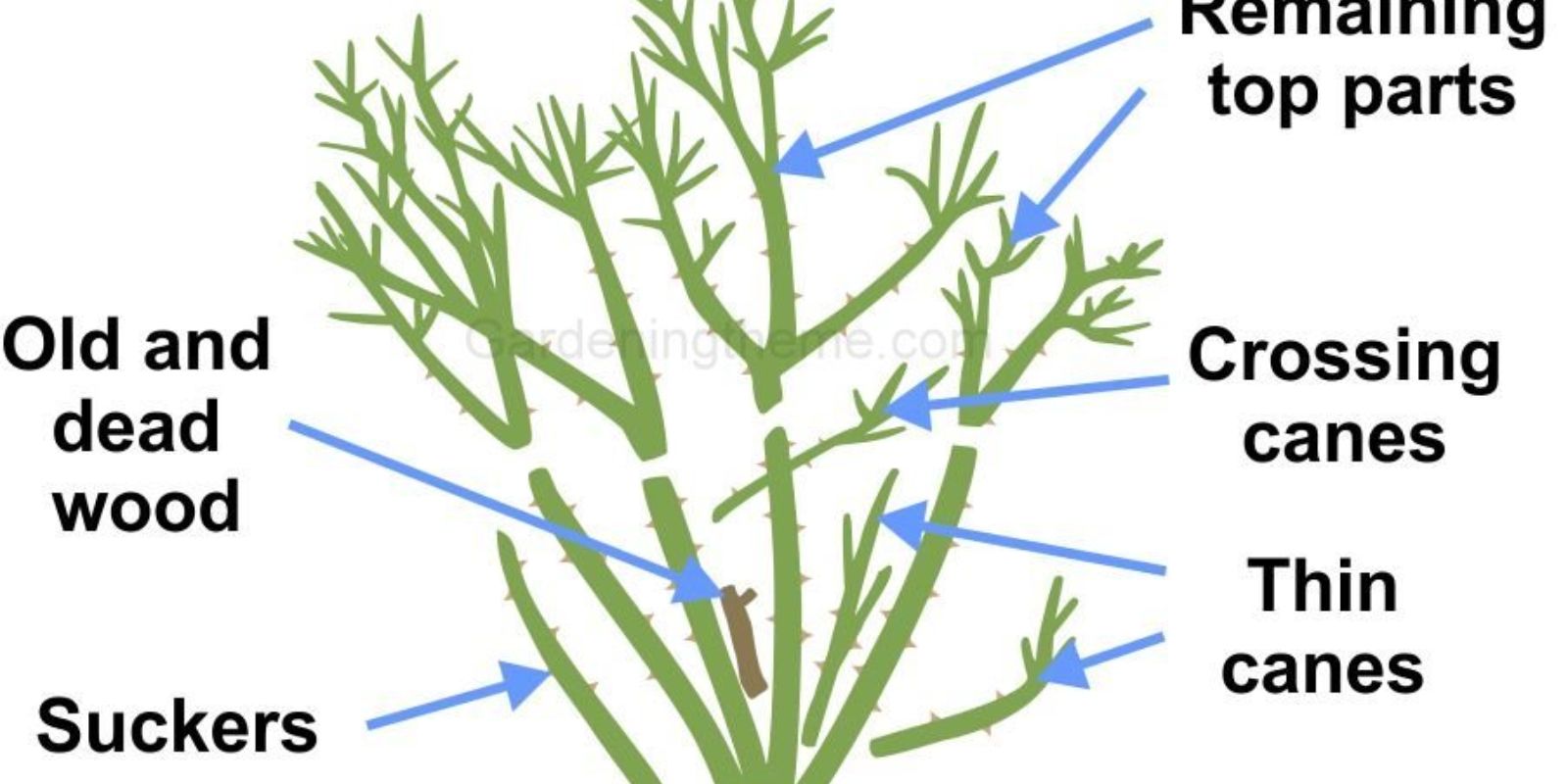Pruning roses is an essential gardening skill that enhances their beauty, promotes healthy growth, and ensures abundant blooming. While it may appear intimidating at first, following a step-by-step approach simplifies the process and delivers stunning results. In this guide, we’ll explore the importance of rose pruning, the tools you need, and six easy steps to keep your rose bushes thriving.
Why Prune Roses?
Pruning isn’t just about shaping a plant; it’s about improving its overall health and productivity. Here’s why pruning is vital:
- Promotes Vigorous Growth: Removing dead or weak stems allows the plant to focus energy on producing robust shoots and flowers.
- Prevents Diseases: Proper pruning improves airflow around the plant, reducing the risk of fungal diseases like blackspot and powdery mildew.
- Enhances Flower Production: Pruned roses direct their energy toward forming larger, more abundant blooms.
- Improves Aesthetic Appeal: Pruning creates a balanced and attractive shape, making your roses the centerpiece of your garden.
Tools You’ll Need
Before diving into the pruning process, make sure you’re equipped with the right tools:
- Sharp Pruners: Bypass pruners are ideal for clean cuts.
- Loppers: For thicker canes.
- Gardening Gloves: Protect your hands from thorns.
- Disinfectant Spray: To clean tools between cuts and prevent the spread of diseases.
- Garden Waste Bag: For collecting trimmings.
When to Prune Roses?
Timing is critical when pruning roses:
- Late Winter/Early Spring: This is the ideal time for most rose varieties, just before the plant begins new growth.
- After the Last Frost: Pruning too early may expose new growth to frost damage.
- Throughout the Growing Season: Light pruning to remove spent blooms (deadheading) can be done to encourage continuous flowering.
How to Prune Roses: The 6 Simple Steps
1. Start with a Clean Slate
Begin by inspecting your rose bush. Look for deadwood, diseased canes, and damaged stems. Remove these first to focus on the healthy parts of the plant.
- Cut dead or brown stems down to their base.
- Dispose of any diseased material to prevent spreading.
2. Remove Crossing and Weak Canes
Crossing stems can rub against each other, creating wounds that invite pests and diseases. Thin out weaker stems, leaving only the strongest canes.
- Focus on keeping the plant open and uncluttered.
3. Shape Your Rose Bush
Shape your bush into an open, vase-like form to improve air circulation and sunlight exposure.
- Trim the bush to your desired height, usually 1–3 feet depending on the variety.
- Always leave the strongest stems intact.
4. Cut Above Outward-Facing Buds
This technique encourages outward growth, keeping the plant open and well-ventilated.
- Make cuts at a 45-degree angle about ¼ inch above an outward-facing bud.
- Avoid leaving stubs, as they can attract pests and diseases.
5. Deadhead Regularly During the Season
Deadheading, or removing spent blooms, keeps your roses blooming longer throughout the growing season.
- Cut just above a five-leaf junction to promote new flowers.
6. Clean Up Thoroughly
After pruning, clear away all debris from around the rose bush. This helps prevent overwintering pests and diseases.
- Dispose of diseased material in the trash, not the compost pile.
Additional Tips for Pruning Different Rose Types
- Hybrid Teas: Prune heavily to encourage fewer but larger blooms.
- Floribundas: Focus on shaping while leaving more stems for abundant flowers.
- Climbing Roses: Only remove deadwood for the first few years, then prune to shape after flowering.
- Shrub Roses: Require minimal pruning; focus on removing dead or diseased wood.
Post-Pruning Care
Once your roses are pruned, they’ll need some care to thrive:
- Mulch: Apply a layer of mulch around the base to retain moisture and regulate soil temperature.
- Fertilize: Use a balanced rose fertilizer to support new growth and flowering.
- Water: Keep the soil consistently moist but not waterlogged.
- Inspect Regularly: Check for signs of pests or diseases, especially after pruning.
Common Mistakes to Avoid
- Pruning at the Wrong Time: Cutting too early or late can stress the plant or reduce blooms.
- Using Dull Tools: This can cause jagged cuts that are harder for the plant to heal.
- Over-Pruning: Removing too much growth can weaken the plant.
- Ignoring the Cleanup: Leaving debris can harbor pests and diseases.
The Rewards of Proper Rose Pruning
Pruning roses is more than just a maintenance task; it’s an act of nurturing that rewards you with stunning, vibrant blooms. With each trim, you’re investing in the health and beauty of your garden.
💬 What’s your favorite rose pruning tip? Share in the comments and inspire fellow gardeners!
🌿 #PruningRoses #RoseCare #GardeningTips #BeautifulBlooms #GrowWithLove

